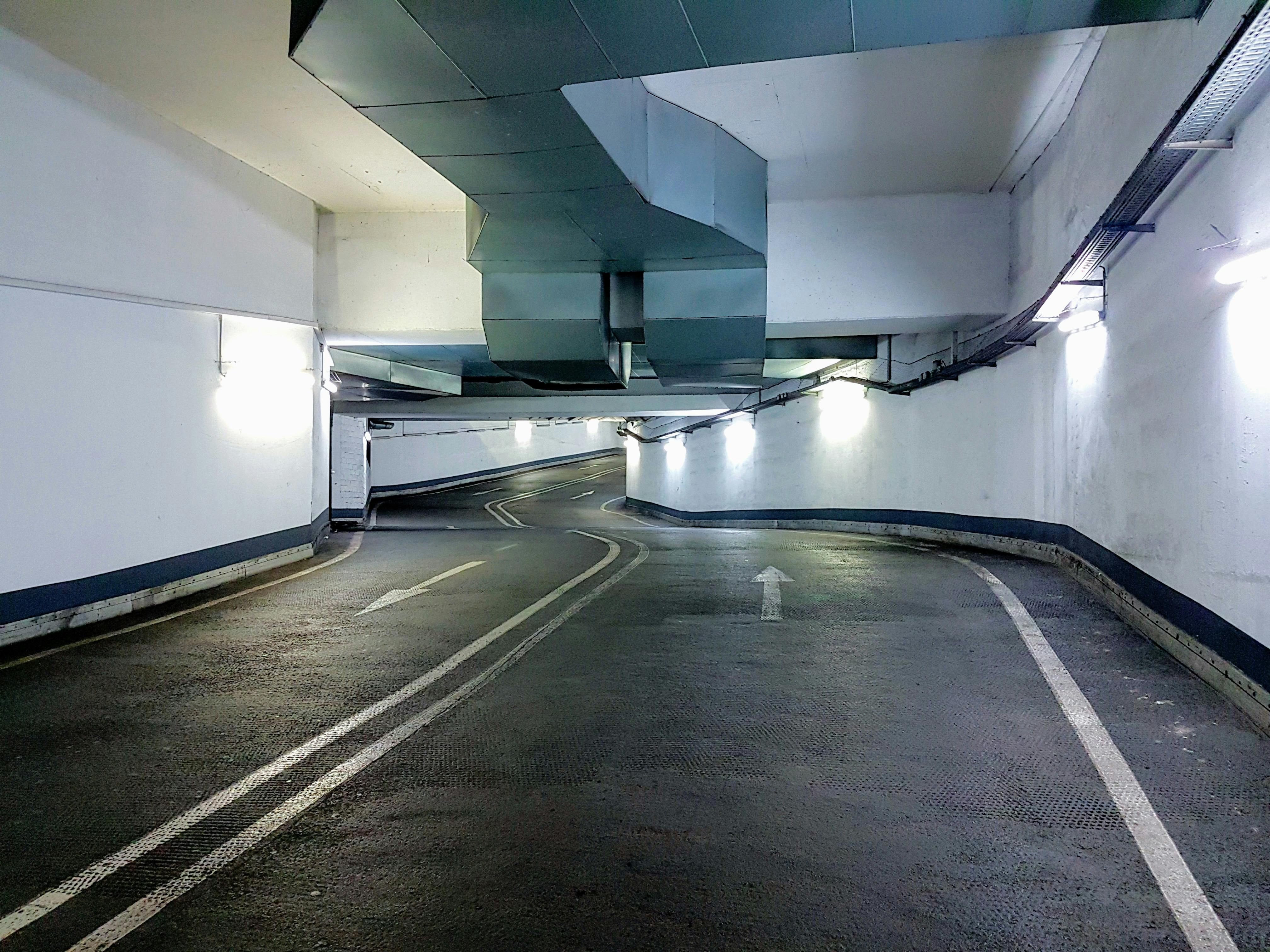Hong Kong apartments for the dead
Not only the living, but also the dead are staying in high-rise apartment buildings in Hong Kong. I visited a cemetery near my house and saw the columbariums that have been built there to store the ashes of the deceased. With space at a premium in this fast-growing metropolis, it has become necessary to find innovative yet respectful ways to bury one’s ancestors. No new cemeteries have been opened in Hong Kong since the 1950s, but most of the existing ones have built many columbariums where families can buy a niche in the wall and place the ashes of their loved ones inside. Each niche is covered with a marble plaque bearing a photo of the deceased and gold engravings detailing their name, date of birth and death, and the site of their ancestral home. Each also has a ring that you can place flowers on. Columbaria can be up to nine stories tall and contain up to 20,000 separate ash niches.
Cemeteries are always full in Qingming and Chongyang, on spring and autumn holidays when schools and businesses close so families can visit the graves of their ancestors. The day I went to the cemetery was not a holiday, just any given Sunday. Many groups of people still paid homage in the oldest tombs and in the niches of the most modern columbariums. I saw a wedding couple there, resplendent in formal attire. I read later that it is quite common for the bride and groom to visit the cemetery on their wedding day to show respect to the ancestors and ask them for good fortune.
When families go to the cemetery they bring brooms to sweep the grave and flowers to place in special vases on the grave or in the rings of the columbarium. They can also buy paper money from vendors near the cemetery. They burn it in small fires on the grave or on the floor of the columbaria. The smoke is believed to carry money to heaven so that the deceased can use it to buy the things he needs in the afterlife. In Qingming and Chongyang, the air in Hong Kong is thick with smoke from these fires.
Most of the oldest graves in the cemetery that I visited were in the form of armchairs, since it is a piece of furniture that implies wealth, comfort and dignity. Some of these ‘armchairs’ were large enough to cover the bodies of the men, as well as their wives and concubines. The practice of keeping concubines was only made illegal in Hong Kong in 1971, so it’s quite common to see older graves where they are buried with their masters.
The Hong Kong government has encouraged people to use cremation and columbaria since the 1960s. By now, almost 70% of families choose this option. One of the reasons this method has become so popular is that cremated remains are much easier to move. Many people in Hong Kong believe that if a family is experiencing financial hardship or illness it is because their ancestors have not been buried in the proper place. It’s not uncommon for bodies to be moved after six or seven years to try to bring about a change in family fortunes. It is much easier to move ashes from one niche to another in a columbarium than it is to dig up a body from an underground grave and bury it in a different grave.
There are very few private single-family homes in Hong Kong. Virtually everyone lives in an apartment building with hundreds of other people. This is true not only for the living people of Hong Kong, but now it is also true for the dead.
